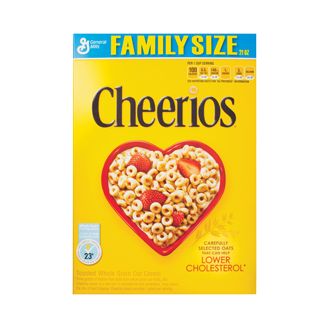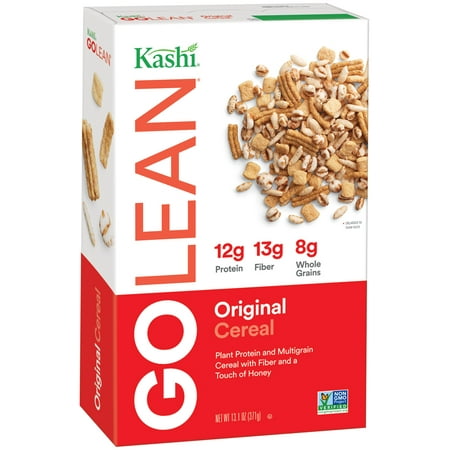

NAVIGATING THE
CEREAL AISLE
Do you ever
feel overwhelmed when you walk down the cereal aisle? There are so many
different products and brands to choose from, which all have different nutrient
contents, it can make your head spin. But, there are key things to look for in
the nutrition facts panel and ingredients list that will help you pick the best
breakfast.
SUGAR
Cereals can
have hidden sources of sugar, so look at the Nutrition Facts to see how much
total sugar and added sugar is in each serving. For cereal, the goal is 7 grams or less per serving (Under 16 grams
if there is dried fruit in the cereal). For less added sugar, buy
unsweetened cereals and sweeten them with fruit; you’ll get that great sweet
taste while adding more nutrients to your breakfast!
WHOLE GRAINS
Half of the grains
we eat each day should be whole grains. If you look at the ingredients list, whole grains should be the first ingredient.
This means that along with getting part of your whole grain recommendation for
the day, you will also be getting fiber, extra protein, and even more vitamins
and minerals that are found in the whole grain. Multigrain does not mean that
it is whole grain, some manufacturers use this to entice shoppers to buy their
cereal by seeing nuts and seeds on the product, when it is actually not whole
grain at all.
FIBER
Fiber is what
helps make us feel full and stay full between meals, as well as acts as a
digestive aid. Fiber is found in the bran portion of a grain, making it
commonly found in whole grain items. Strive for at least 3 grams of fiber per serving in your cereal. In order for
the cereal to be marketed as high in fiber, it has to have at least 5 grams of
fiber per servings. Most cereals will advertise on the box that it is high in
fiber, too!
Remember to use low-fat or fat free milk on your cereal, too! You'll get the 9 essential nutrients that milk has to offer as well as the benefits of the cereal in one breakfast!


